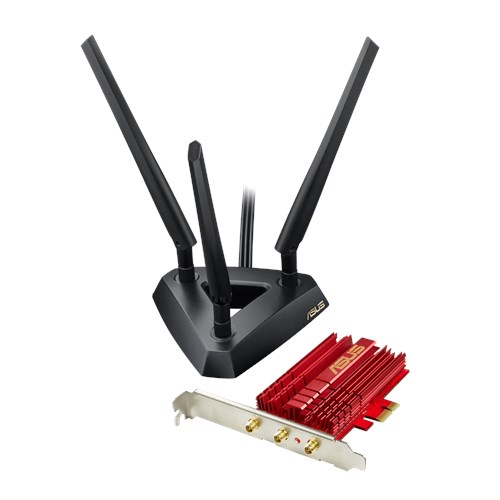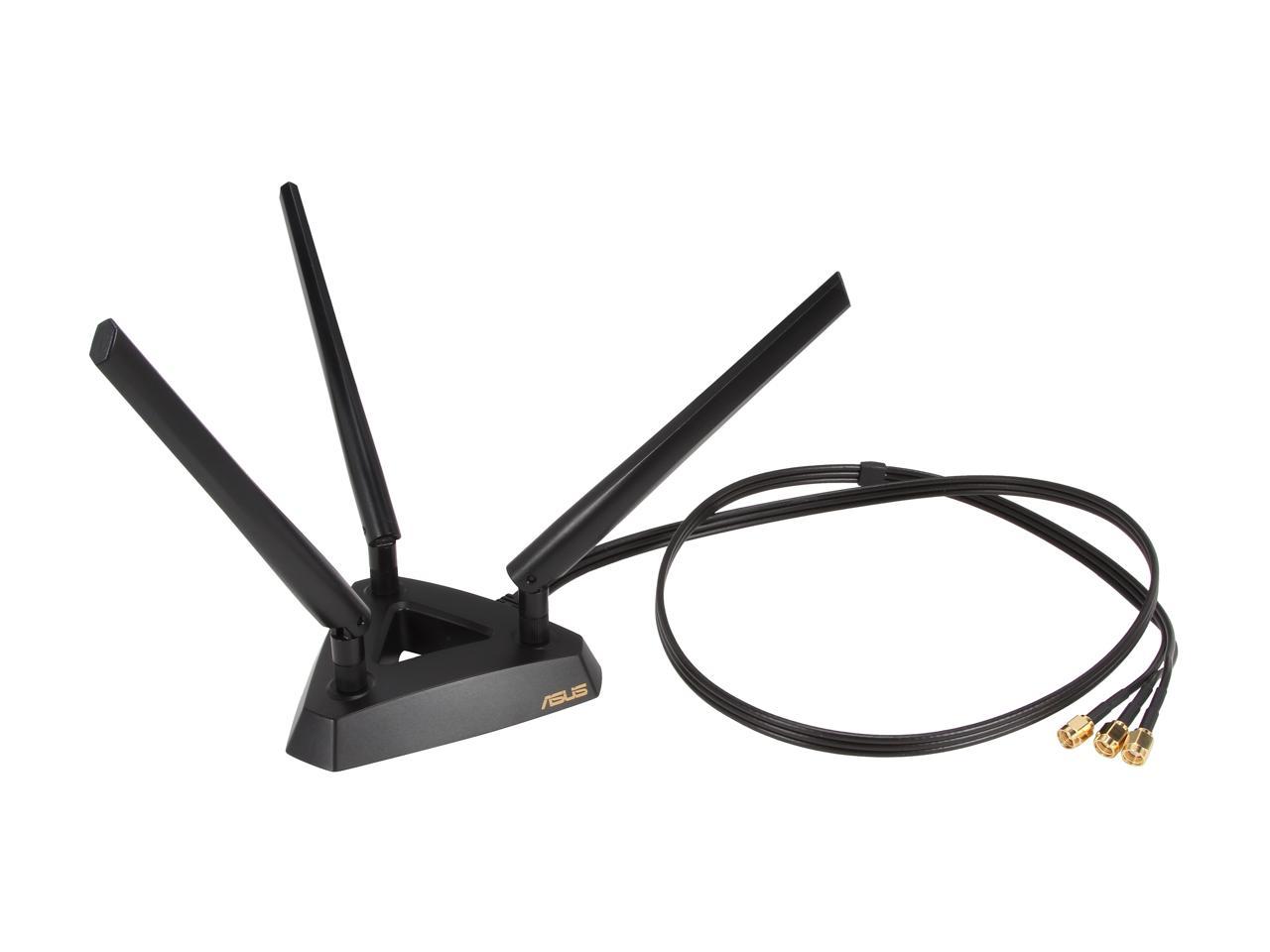

I also noticed that the signal would strangely jump to higher quality at what seemed to be random instances. I noticed that when disabling/enabling the adapter, I'd instantly see full bars and like -40 dbm in the signal section, but then immediately would see a drop to -80 dbm and 1-2 bars.

I was looking at the status tab in the Asus Utility, trying to get a better idea about what is going on with this thing. (warning: there is a lot of context here that is important for understanding the entire situation, but to get to the point, read the text in bold) So now I am wondering.did I get a faulty Asus PCE-AC68? How can a $100 product be getting twice as bad a signal as my $20 Etekctiy adapter? There must be something wrong, right? I could only achieve 40 mbps link speed with -80db on 5GHz AC. I really wanted 5GHz to work for me because of neighborhood interference on the 2.4GHz band, but 5GHz just sucks so bad at a distance there is no point in even bothering. Speed and signal on 5GHz AC are worse for the Asus, so I just keep everything at 802.11 n. I am on the opposite side of the house and one floor above the router, which is a Linksys EA6900 AC1900 router.

The Asus sees less networks, and also gets worse signal for the networks it sees.īut somehow, even at one bar, I can consistently reach 30 mbps on with the Asus on 2.4GHz, while I usually get around 20 with the other adapters I own. In contrast, the Intel 6300 in my laptop gets about -60 db strength, and the USB Etekcity dual antenna adapter can get up to -40 db.

No matter where I put it, that is the maximum signal I could achieve. I tried moving around the antenna stand and still couldn't break -75 db with 117 mbps theoretical link speed. But I was surprised to see just 1 bar signal strength. I installed the Asus adapter in my PCI-E slot and setup went smoothly.


 0 kommentar(er)
0 kommentar(er)
